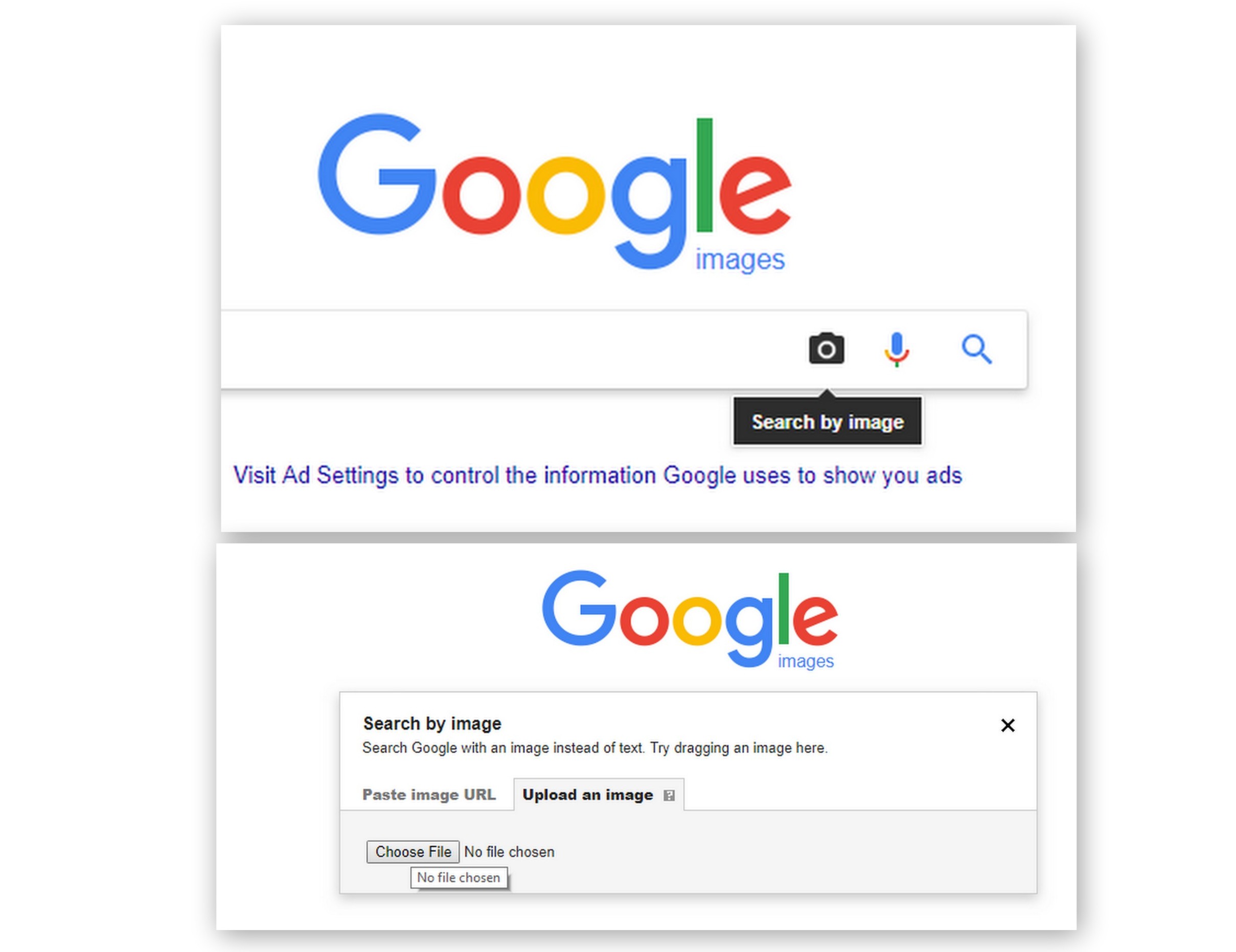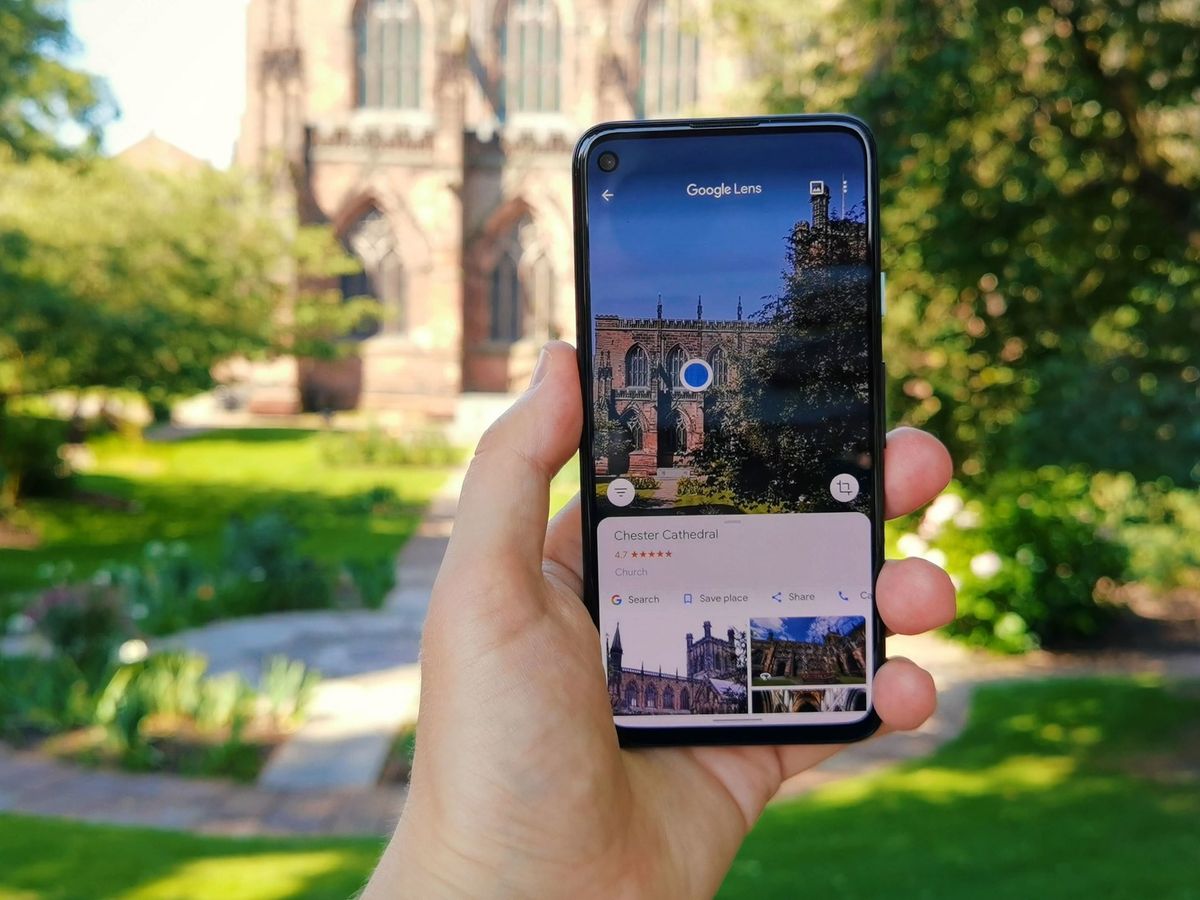What is Reverse Image Search and Why Do You Need It
Reverse image search is a powerful tool that allows users to search for images on the internet using an image as a query. This technology has been around for several years, but its popularity has grown significantly with the rise of smartphones and social media. For Android users, reverse image search can be a game-changer, helping them identify unknown images, find similar pictures, and even detect fake news.
Imagine being able to search for an image you found on social media to find out its origin, or to identify a mysterious image that has been circulating online. With reverse image search, you can do just that. This technology uses image recognition algorithms to analyze the image and match it with similar images on the internet. The results can be astonishing, providing users with a wealth of information about the image, including its source, related images, and even the websites where it has been published.
But why do you need reverse image search on your Android device? For one, it can help you verify the authenticity of online content. In today’s digital age, it’s easy to manipulate images and spread misinformation. With reverse image search, you can quickly fact-check images and identify potential scams or fake news. Additionally, reverse image search can be a useful tool for online research, helping you find similar images and related content.
So, if you’re wondering how to look up a picture on Google from Android, you’re not alone. Many users have found themselves in this situation, and reverse image search is the perfect solution. Whether you’re using Google Lens, Google Chrome, or a third-party app, reverse image search is a powerful tool that can help you unlock the secrets of the internet.
Using Google Lens for Reverse Image Search on Android
Google Lens is a powerful app that allows users to search for images on the internet using an image as a query. To use Google Lens for reverse image search on Android, follow these step-by-step instructions:
First, download and install the Google Lens app from the Google Play Store. Once installed, open the app and grant it the necessary permissions to access your device’s camera and storage.
Next, select the image you want to search for by tapping on the “Gallery” icon or taking a new photo using the camera. Google Lens will then analyze the image and provide you with a list of search results, including similar images, related content, and even the websites where the image has been published.
One of the key features of Google Lens is its ability to recognize objects, scenes, and text within an image. This allows users to search for specific elements within an image, such as a logo or a landmark, and receive relevant results.
For example, if you’re trying to figure out how to look up a picture on Google from Android, Google Lens can help you do just that. Simply select the image, and Google Lens will provide you with a list of search results, including the image’s origin, related images, and even the websites where it has been published.
Overall, Google Lens is a powerful tool for reverse image search on Android, offering a range of features and functionality that make it easy to search for images on the internet.
How to Use Google Chrome for Reverse Image Search on Android
Google Chrome is a popular browser on Android devices, and it also offers a reverse image search feature. To use Google Chrome for reverse image search on Android, follow these steps:
First, open the Google Chrome browser on your Android device and navigate to the webpage that contains the image you want to search for. Long-press on the image until a menu appears, and then select “Search Google for this image.”
Google Chrome will then open a new tab with the search results for the image. You can browse through the results to find similar images, related content, and even the websites where the image has been published.
One of the benefits of using Google Chrome for reverse image search is that it’s a quick and easy process. You don’t need to download any additional apps or software, and you can access the feature directly from the browser.
Additionally, Google Chrome’s reverse image search feature is powered by Google’s image recognition technology, which means that it can provide accurate and relevant results. Whether you’re trying to figure out how to look up a picture on Google from Android or simply want to explore the internet, Google Chrome’s reverse image search feature is a useful tool to have.
It’s worth noting that Google Chrome’s reverse image search feature is not as comprehensive as Google Lens, which offers more advanced features and functionality. However, Google Chrome’s feature is still a useful option for users who want to perform a quick reverse image search on their Android device.
Alternative Methods for Reverse Image Search on Android
While Google Lens and Google Chrome are two popular methods for reverse image search on Android, there are other alternative methods available. One such method is using third-party apps like TinEye or Reversee.
TinEye is a popular reverse image search app that allows users to search for images on the internet using an image as a query. The app is available for download on the Google Play Store and offers a range of features, including image recognition technology and a large database of images.
Reversee is another third-party app that offers reverse image search functionality on Android. The app allows users to search for images on the internet using an image as a query and also offers features like image editing and sharing.
Both TinEye and Reversee offer similar functionality to Google Lens and Google Chrome, but with some differences. For example, TinEye’s image recognition technology is more advanced, allowing for more accurate search results. Reversee, on the other hand, offers more features like image editing and sharing.
When it comes to choosing an alternative method for reverse image search on Android, it ultimately depends on the user’s needs and preferences. If you’re looking for a more advanced image recognition technology, TinEye may be the better choice. If you’re looking for more features like image editing and sharing, Reversee may be the better choice.
Regardless of which method you choose, reverse image search is a powerful tool that can help you identify unknown images, find similar pictures, and even detect fake news. Whether you’re trying to figure out how to look up a picture on Google from Android or simply want to explore the internet, reverse image search is a useful tool to have.
Troubleshooting Common Issues with Reverse Image Search on Android
While reverse image search on Android can be a powerful tool, it’s not without its issues. In this section, we’ll address some common problems that users may encounter while performing reverse image search on Android, and provide troubleshooting tips and solutions.
One common issue that users may encounter is poor internet connectivity. If your internet connection is slow or unstable, it can affect the performance of reverse image search apps like Google Lens or TinEye. To resolve this issue, try checking your internet connection and ensuring that it’s stable and fast.
Another issue that users may encounter is image quality. If the image you’re trying to search for is of poor quality, it can affect the accuracy of the search results. To resolve this issue, try using a high-quality image or editing the image to improve its quality.
App compatibility is another issue that users may encounter. If the reverse image search app you’re using is not compatible with your Android device, it can cause issues with the app’s performance. To resolve this issue, try checking the app’s compatibility with your device and ensuring that it’s up-to-date.
Finally, some users may encounter issues with the search results themselves. If the search results are not accurate or relevant, it can be frustrating. To resolve this issue, try refining your search query or using a different reverse image search app.
By troubleshooting these common issues, you can ensure that your reverse image search experience on Android is smooth and effective. Whether you’re trying to figure out how to look up a picture on Google from Android or simply want to explore the internet, reverse image search is a powerful tool that can help you achieve your goals.
Using Reverse Image Search for Online Safety and Security
Reverse image search is not only a useful tool for finding similar images or identifying unknown images, but it’s also an important tool for online safety and security. In today’s digital age, it’s easy to spread misinformation or create fake profiles, but reverse image search can help you detect these scams and verify the authenticity of online content.
One of the most common uses of reverse image search for online safety and security is identifying fake profiles. By searching for an image of a person or a profile picture, you can quickly determine if the image is being used by multiple profiles or if it’s a fake image. This can help you avoid falling victim to online scams or catfishing.
Reverse image search can also be used to detect scams and verify the authenticity of online content. By searching for an image of a product or a service, you can quickly determine if the image is being used by multiple websites or if it’s a fake image. This can help you avoid falling victim to online scams or purchasing fake products.
In addition to detecting scams and verifying the authenticity of online content, reverse image search can also be used to identify fake news. By searching for an image of a news article or a breaking news story, you can quickly determine if the image is being used by multiple news sources or if it’s a fake image. This can help you avoid spreading misinformation and stay informed about current events.
Overall, reverse image search is a powerful tool for online safety and security. By using reverse image search, you can quickly detect scams, verify the authenticity of online content, and identify fake news. Whether you’re trying to figure out how to look up a picture on Google from Android or simply want to stay safe online, reverse image search is an important tool to have in your arsenal.
Best Practices for Reverse Image Search on Android
When using reverse image search on Android, there are several best practices to keep in mind to ensure that you get the most accurate and relevant results. Here are some tips to help you optimize your reverse image search experience:
Image selection is crucial when it comes to reverse image search. Choose an image that is clear and of high quality, as this will help the algorithm to better understand the image and provide more accurate results. Avoid using images that are blurry, distorted, or of poor quality, as these can lead to inaccurate results.
Search query optimization is also important when using reverse image search. Use specific keywords or phrases that describe the image, as this will help the algorithm to better understand the context of the image and provide more relevant results. Avoid using generic keywords or phrases, as these can lead to irrelevant results.
Result interpretation is also an important aspect of reverse image search. Take the time to review the results and analyze the information provided. Look for patterns, similarities, and differences between the images, and use this information to inform your decision-making.
Finally, be mindful of the limitations of reverse image search. While it can be a powerful tool, it’s not foolproof, and there may be instances where the results are inaccurate or incomplete. Use reverse image search in conjunction with other research methods to ensure that you get a comprehensive understanding of the image and its context.
By following these best practices, you can optimize your reverse image search experience on Android and get the most accurate and relevant results. Whether you’re trying to figure out how to look up a picture on Google from Android or simply want to explore the internet, reverse image search is a powerful tool that can help you achieve your goals.
Conclusion: Mastering Reverse Image Search on Android
In conclusion, reverse image search is a powerful tool that can help Android users identify unknown images, find similar pictures, and even detect fake news. By using Google Lens, Google Chrome, or alternative methods like TinEye or Reversee, users can perform reverse image search on their Android devices.
Throughout this article, we’ve discussed the benefits of reverse image search, how to use Google Lens and Google Chrome for reverse image search, and alternative methods for performing reverse image search on Android. We’ve also addressed common issues that users may encounter while performing reverse image search and provided best practices for using reverse image search on Android.
By mastering reverse image search on Android, users can take their online research to the next level and stay safe online. Whether you’re trying to figure out how to look up a picture on Google from Android or simply want to explore the internet, reverse image search is a powerful tool that can help you achieve your goals.
In summary, reverse image search is a valuable tool for Android users, and by following the tips and best practices outlined in this article, users can get the most out of this powerful feature. So next time you’re browsing the internet on your Android device, remember to use reverse image search to take your online research to the next level.






